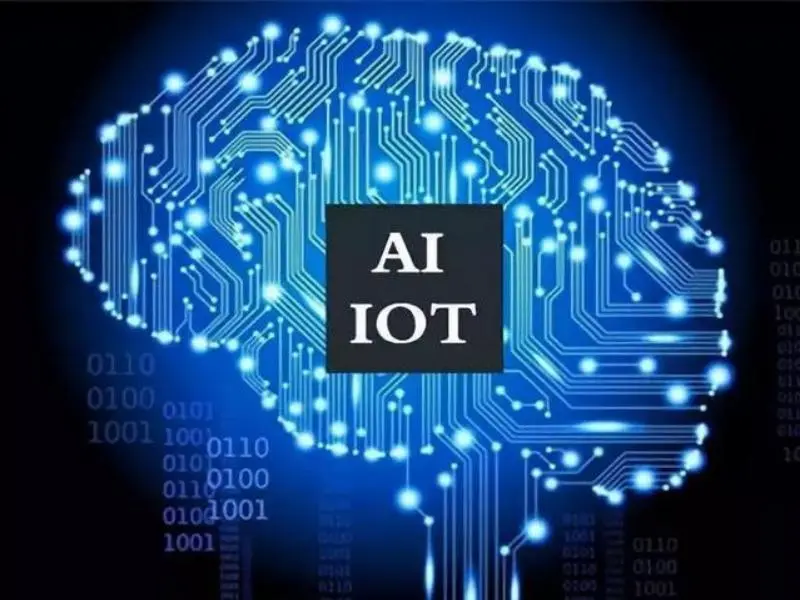- Artificial intelligence and the Internet of Things are two of the most transformative technologies of the modern era.
- While they often intersect and complement each other, they serve distinct purposes and operate on different principles.
While artificial intelligence (AI) and Internet of Things (IoT) are distinct technologies, they often work in tandem to create innovative solutions. AI provides the intelligence and decision-making capabilities, while IoT offers the connectivity and data collection. Understanding the differences between AI and IoT is crucial for harnessing their full potential and developing effective strategies for leveraging these powerful tools.
1. Distinct objectives
While AI can complement IoT, their objectives remain distinct. IoT serves as a network enabling global connectivity and autonomous interaction with physical objects, utilising sensors, actuators, and electronics to transmit data over the internet. In contrast, AI endeavours to replicate human intelligence, fostering empathetic behaviour and facilitating human-machine collaboration.
AI-driven personalised recommendations exemplify its utilisation, while IoT’s functionality extends to temperature and motion sensors for data collection and interaction. The convergence of AI and IoT, or AI-enabled IoT, augments their capabilities, unlocking new possibilities for intelligent, interconnected systems.
Also read: Sateliot expands 5G NB-IoT satellite constellation
2. Dependability
IoT facilitates seamless data exchange among physically connected devices, while AI enhances data comprehension. The interconnected nature of IoT generates vast data volumes, necessitating intelligent analysis to extract insights. Consequently, IoT exhibits higher dependability compared to AI systems.
In contrast, AI systems rely on human intervention, particularly during development and training. They may also require human oversight to address challenges such as adversarial attacks and model drift, which can impact performance. This dependency on human intervention distinguishes AI from IoT, highlighting the need for collaborative approaches in AI-enabled IoT systems.
Also read: Shanghai Binling combines AI with game development and education
3. Cost considerations
For IoT projects, expenses typically include host servers, hardware, wireless connectivity, and software development. Despite these costs, the IoT tends to be more affordable than AI. Moreover, the ability to control IoT devices using portable electronics like smartphones reduces the need for specialised controllers, further lowering expenses.
On the other hand, AI projects involve expenditures related to data collection, software development, model deployment, data lakes/warehouses, and system architectures. AI systems require highly configurable architectures to handle extensive computations, often necessitating remote servers at a slightly higher cost. This distinction in price reflects the differing requirements and functionalities of AI and IoT, highlighting the importance of strategic budget allocation in AI-enabled IoT initiatives.
4. Data requirements
In the IoT, data collection relies on hardware systems and sensors, which gather, store, and retrieve data as needed. The volume and quality of data collected depend on the number and type of sensors utilised, making sensor deployment crucial for effective data collection.
On the other hand, AI’s foundation lies in comprehending patterns and behaviours, requiring massive amounts of data encompassing patterns, trends, and human behaviour insights. Preprocessing and relevance are vital for AI data, particularly for tasks like data modelling. In contrast to IoT, where sensor deployment leads to data collection b, AI emphasises data quality and preprocessing to produce meaningful insights and facilitate intelligent decision-making.
5. Positive rates
IoT plays a key role in understanding consumer behaviour, offering businesses a practical edge in success rates. It collects and analyses data from various sources, providing actionable insights. Despite AI’s potential, only 30% of organisations report high success with AI projects, often due to data quality and quantity issues. This highlights the importance of strategic planning in AI-IoT integration.

